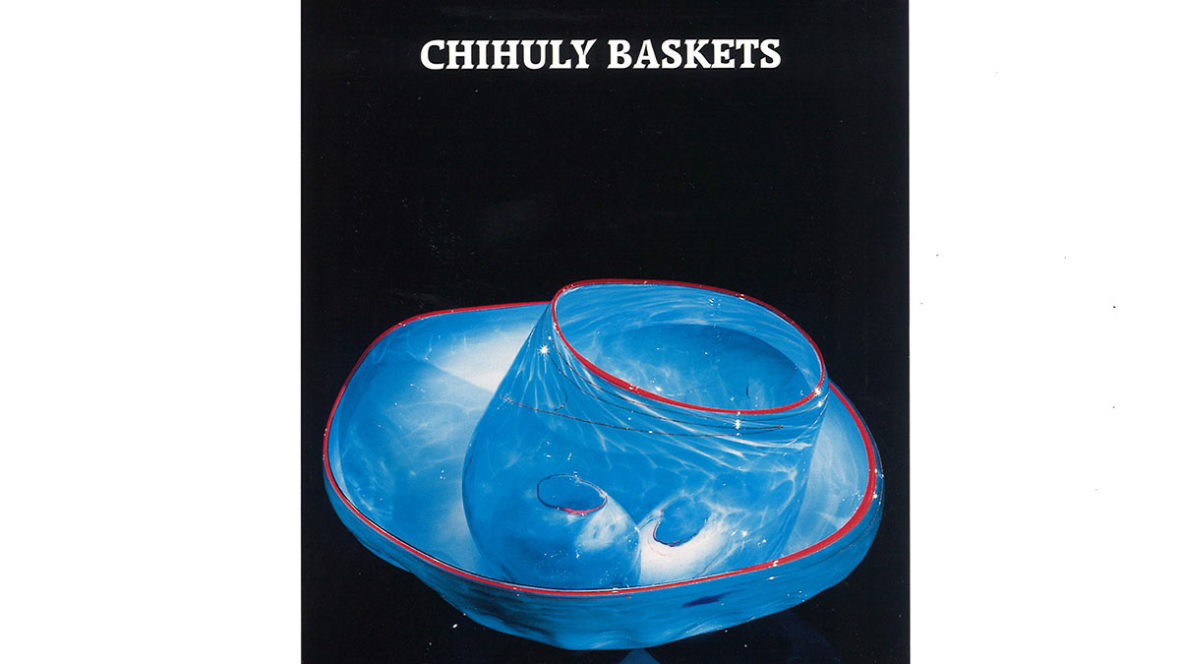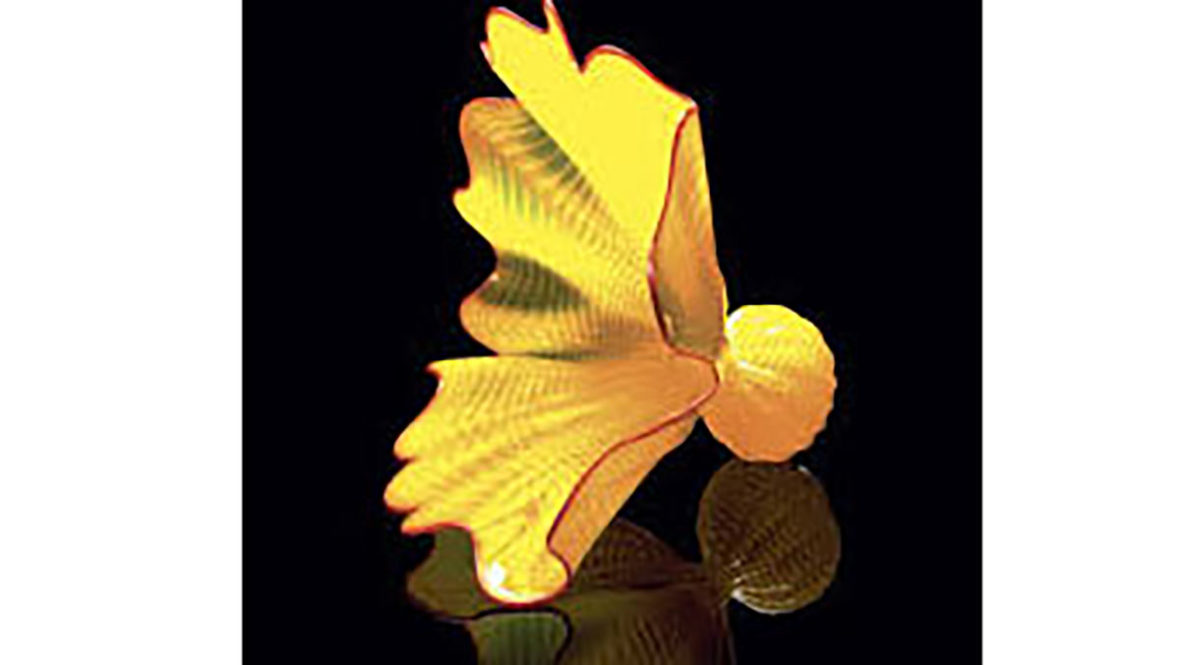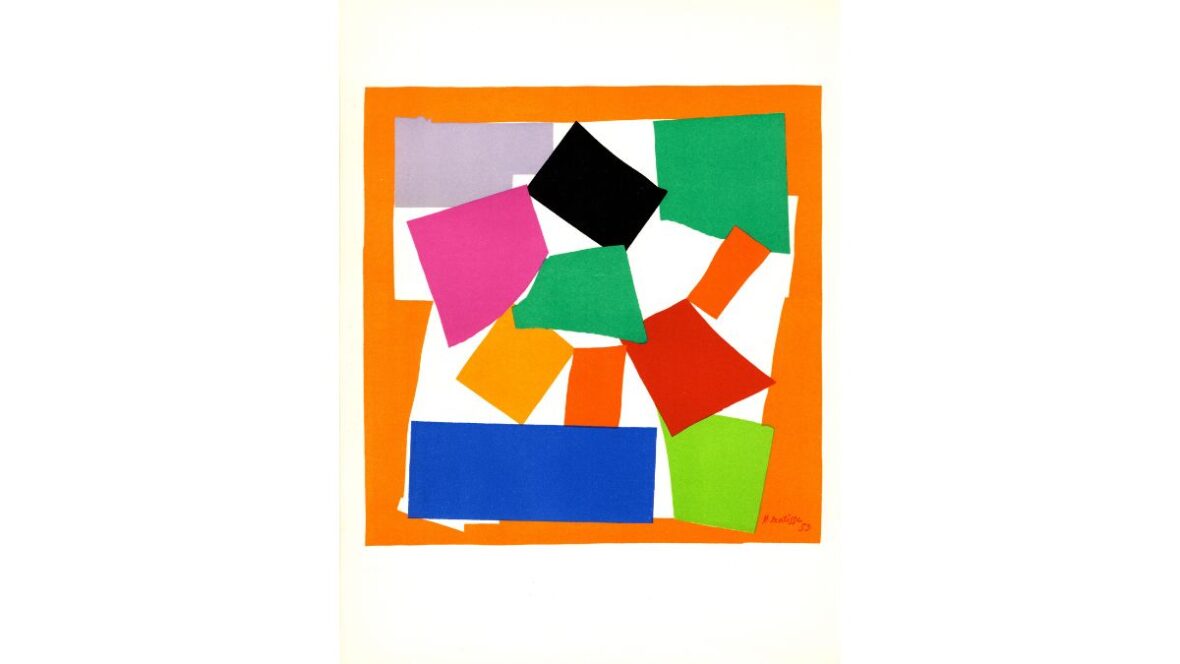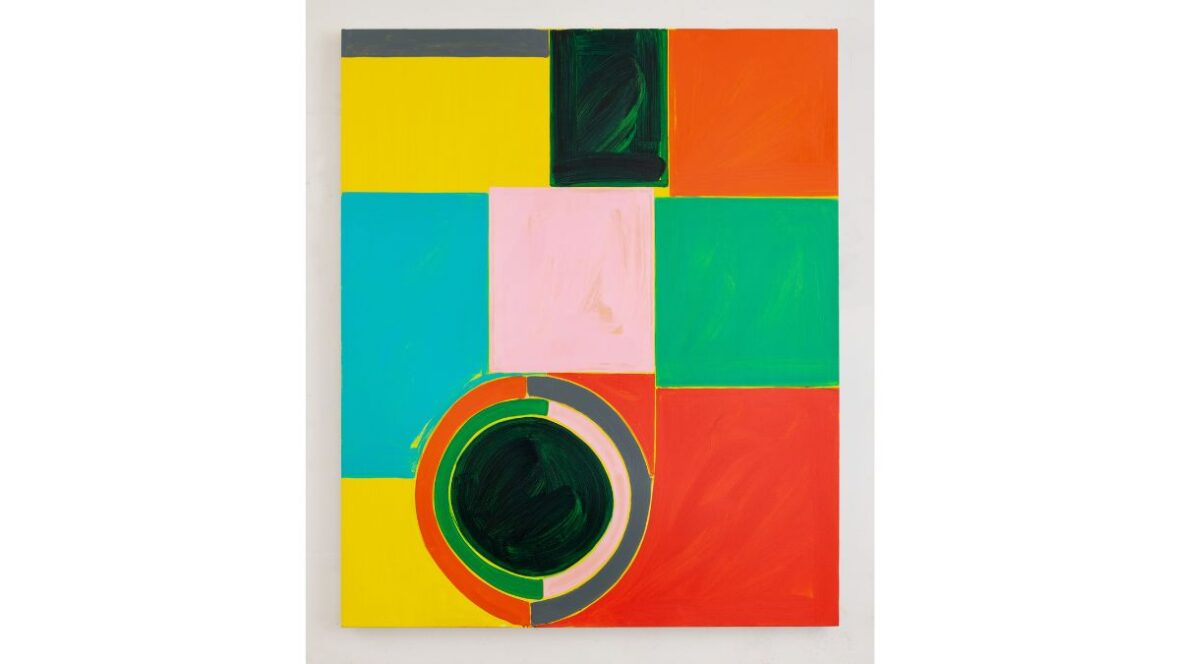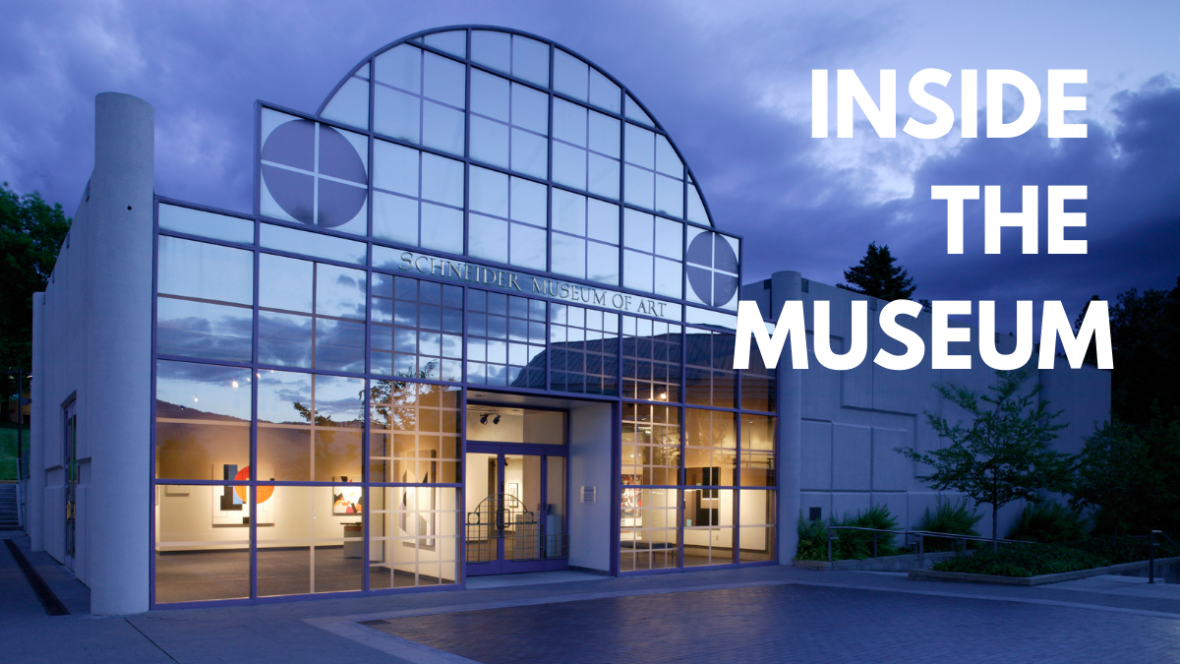Chihuly Baskets
Artist Bio
Dale Chihuly was born in 1941 to a poor family in Tacoma, WA. Hard-working and gregarious, he studied architecture, interior design and weaving at the University of Washington, Seattle, during the early 1960’s, before studying glassblowing at the University of Wisconsin, Madison, and at the Rhode Island School of Design. In 1968 he received a Fulbright fellowship to study at the Venini Workshop in Venice, Italy, learning the team concept of glassblowing. A revolutionary idea in the United States, this concept of master craftsmen working together on a single piece was incorporated in the Pilchuck Glass School in Stanwood, WA, a school that Chihuly co-founded in 1971 with art patrons John Hauberg and Ann Gould Hauberg. In 1976, Chihuly lost an eye in an automobile accident and since then has no longer been able to blow glass due to a lack of depth perception. Not to worry: He orchestrates his innovative art via teamwork in his Seattle studio. In 1992 Chihuly was the recipient of the first National Living Treasure Award given by the United States.
The “Basket” series began with a 1977 visit with James Carpenter to the Washington State Historical Museum. There Chihuly saw Northwest Coast Indian baskets on display and in the storage rooms. He was taken by how the baskets sagged under their own weight, as glass does when being blown. He had explored organic form in his earlier environmental pieces, but this lyrical asymmetry of the misshapen baskets was alien to the vessels traditionally made by glass blowers and to his own stolid “Cylinders.” In the “Baskets” Chihuly began to explore forms it could be created on a blowpipe, focusing on process and chance, concepts current in the art world at the time.
Chihuly also began his first explorations of color, working primarily with the earthy tones of his models as well as red-orange and black. The color was pure, translucent, emphasizing the form although some of the transitional “Baskets” did have surface decoration, drawings similar to those seen on the “Cylinders”.
The Indian baskets had been stacked inside each other to save space in storerooms. Chihuly did the same with his glass vessels, setting up a visual “conversation” among the individual pieces and presenting the ensemble as a single work.
Exhibition Statement
This exhibition presented the exquisite glass sculpture of internationally renowned artist, Dale Chihuly. The abstract shape and surface design of this work was inspired by North West Coast Indian baskets. Included in the exhibition was a selection of Native American basketry from Chihuly’s private collection which provided a vivid commentary and reference to his glass sculpture.
The exquisite glass sculpture of Dale Chihuly broke attendance records at the Schneider Museum of Art. During the month of June, almost 3000 enthusiastic patrons visited the museum more than doubling the museum’s average monthly attendance at the time.
The exhibition featured 23 “Basket” forms made from hand-blown glass that were inspired by the shape and design of Native American basketry. A selection of these baskets from the private collection of the artist complements the show. The exhibition surveyed work produced between 1978 and 1994 and marked the evolution of the artist’s production of ever-larger and more expressive and colorful works.
With this series, Chihuly liberated his glassblowing process from the restrictions of symmetry, allowing glass to respond naturally to gravity. He began to replicate the wavering woven forms of old Northwest Coast Indian baskets after having seen them in the summer of 1977. Chihuly remembers, “I had seen some beautiful Indian baskets at the Washington State Historical Society, and I was struck by the grace of their slumped, sagging forms. I wanted to capture this grace in glass. The breakthrough for me was recognizing that heat was the tool to be used with gravity to make these forms.” In homage to the stacked and collapsing baskets, Chihuly began to group his Baskets together into sets. Originally the Baskets were earth-toned and red; he later experimented with more exuberant colors. Another color was used to delineate the opening of the vessel–a lip wrap–a device that would be used in nearly all his subsequent series.
Early baskets were made with complex surface patterns and noticeable contrast between interior and exterior, which intimate more directly the materials we associate with those made of fiber. Later versions play on a more figurative notion of basket as containing form. Chihuly exploits the liquid translucence of glass by nestling numerous smaller forms within his newer Baskets and forces our gaze from the surface through to the interior. Thus, we penetrate these vessels not via their openings but via the glass itself.
The Baskets, with their powerful cultural allusion and their realization of an abstract, expressive formal language resonate within Chihuly’s oeuvre. As isolated objects the Baskets succeed in convincingly transferring Chihuly’s own love of marvel and discovery, his own intuition for forms that bespeak something mysterious and resistant to verbal explanation. Of all the series that Chihuly has pursued, it is in the Basket series-both early and late-that this sensation of private discovery and of unspecified meaning is strongest.
Artist
Dale Chihuly
